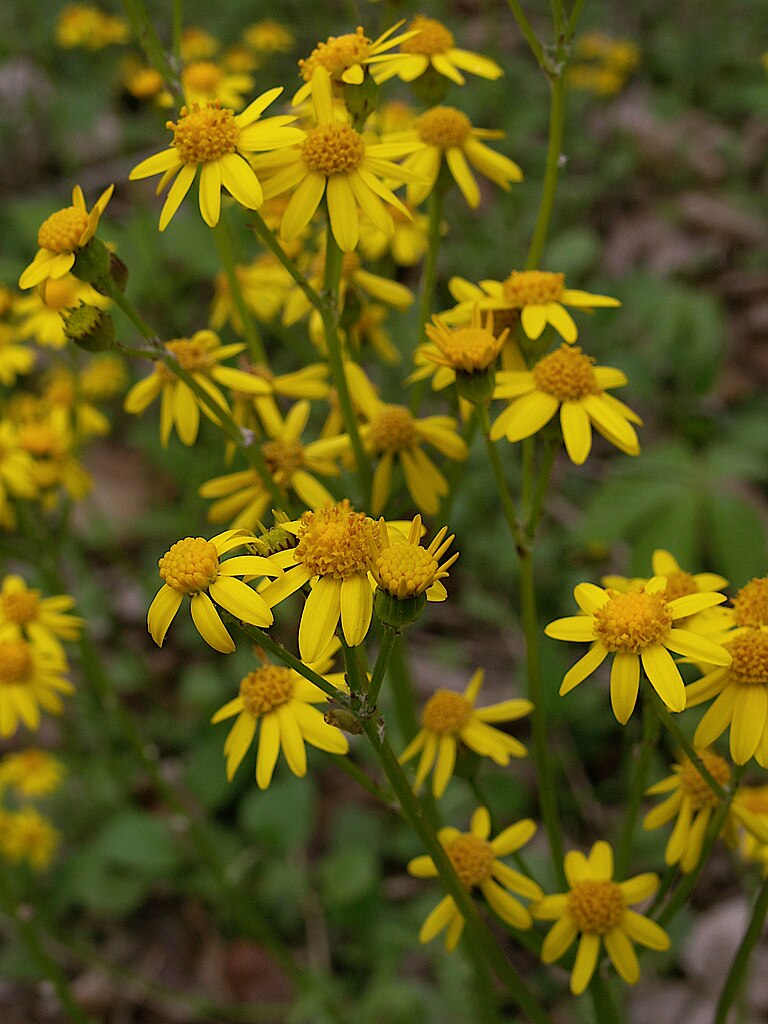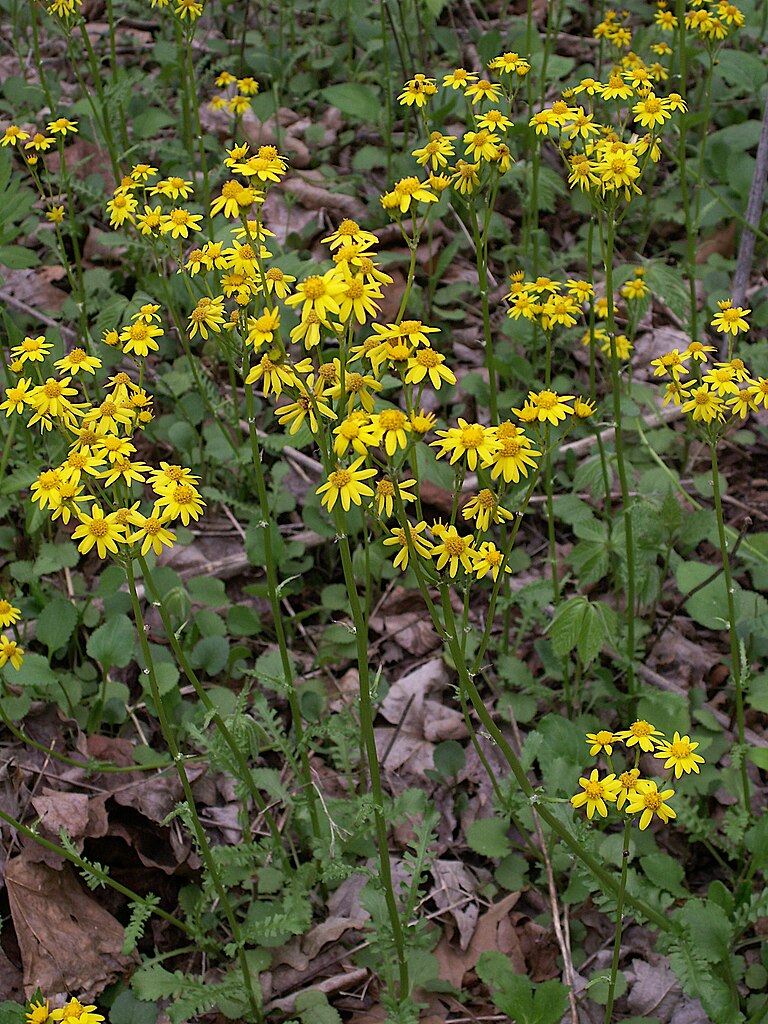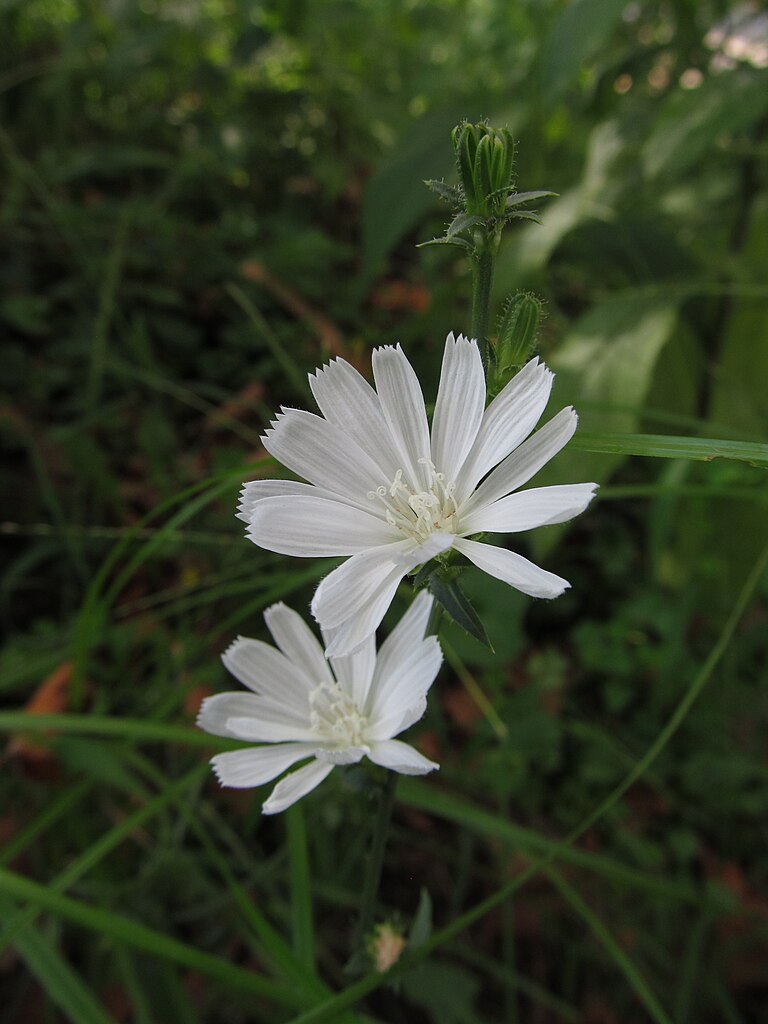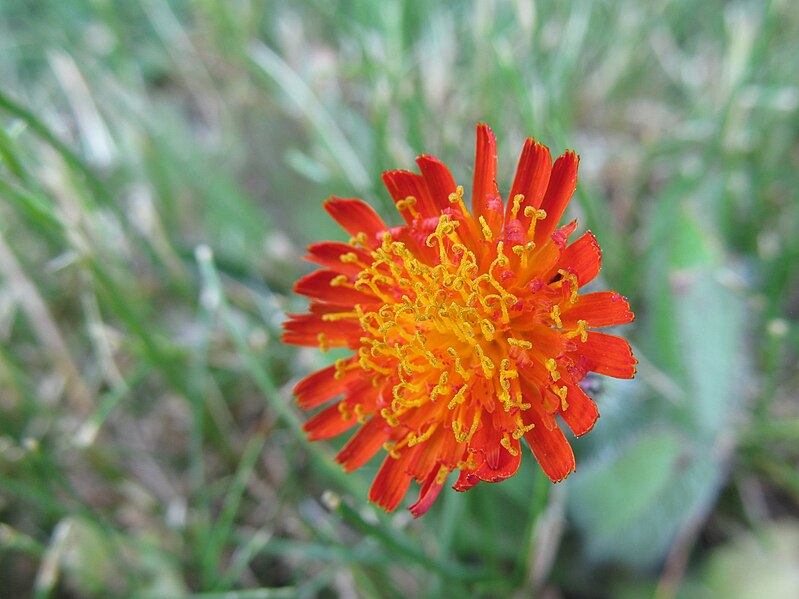
Like bright yellow asters, these cheery composite flowers come out in time for Mayday. These were blooming in the Kane Woods Nature Area in Scott Township. There is nothing else like them blooming in the spring around here, so they are easy to recognize.

For a description of the species, see the Packera aurea reference page.









